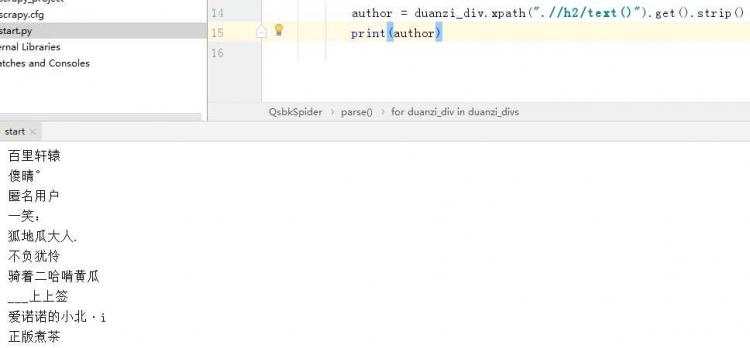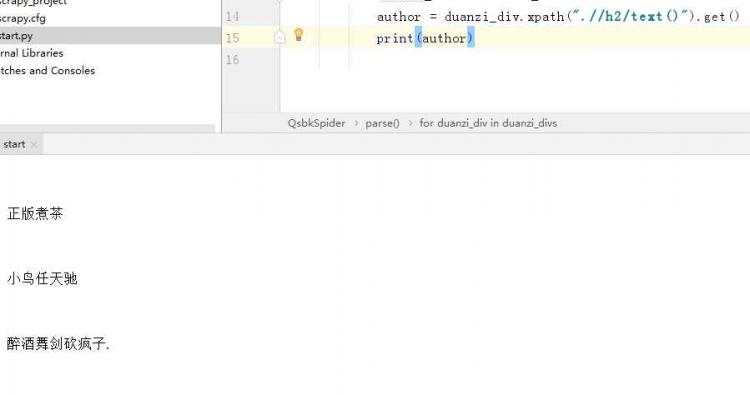作者:裸身耍丶暧昧800 | 来源:互联网 | 2024-11-16 10:01

在Python中,处理字符串时经常需要去除首尾的空白字符,例如空格、制表符和换行符。这可以通过使用内置的strip()方法来实现。
strip()方法会返回一个新的字符串,该字符串去除了原字符串首尾的所有空白字符。例如:
text = " Hello, World! "
cleaned_text = text.strip()
print(cleaned_text) # 输出: 'Hello, World!'
除了去除默认的空白字符(空格、制表符、换行符),strip()方法还可以接受一个参数,用于指定要去除的字符。例如:
text = "###Hello, World!###"
cleaned_text = text.strip('#')
print(cleaned_text) # 输出: 'Hello, World!'
通过这种方式,你可以灵活地去除字符串首尾的特定字符。
